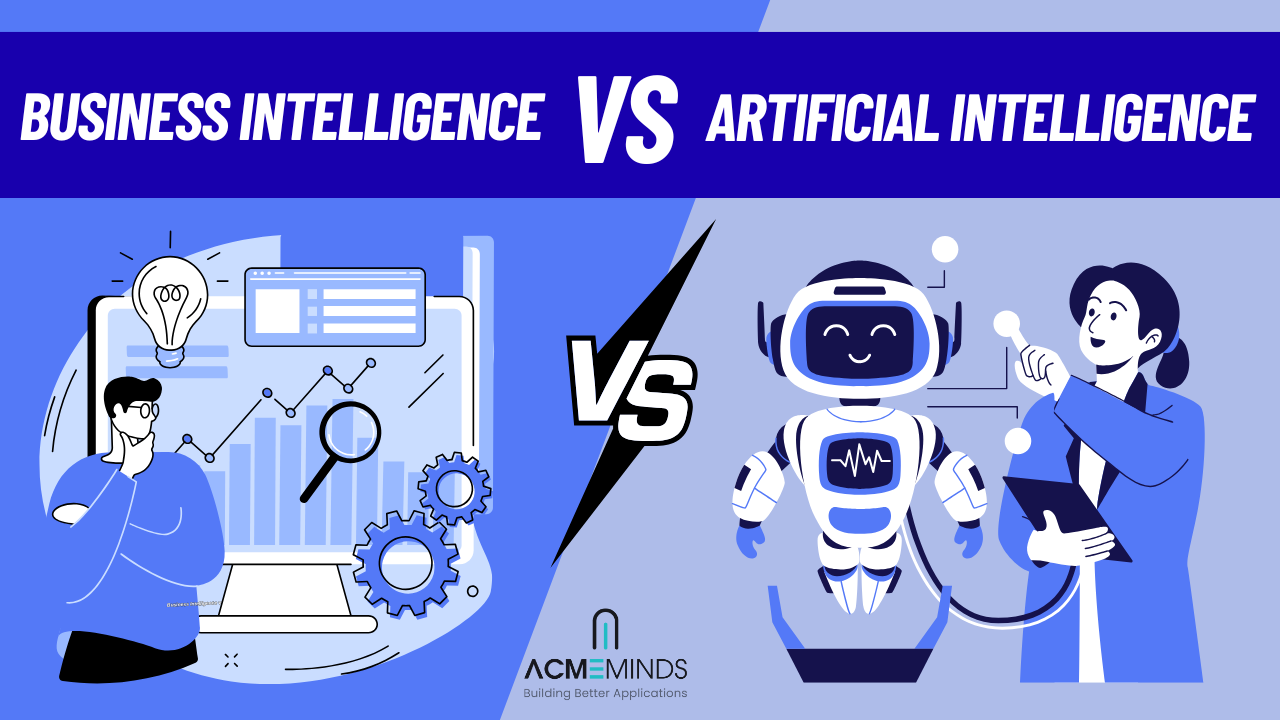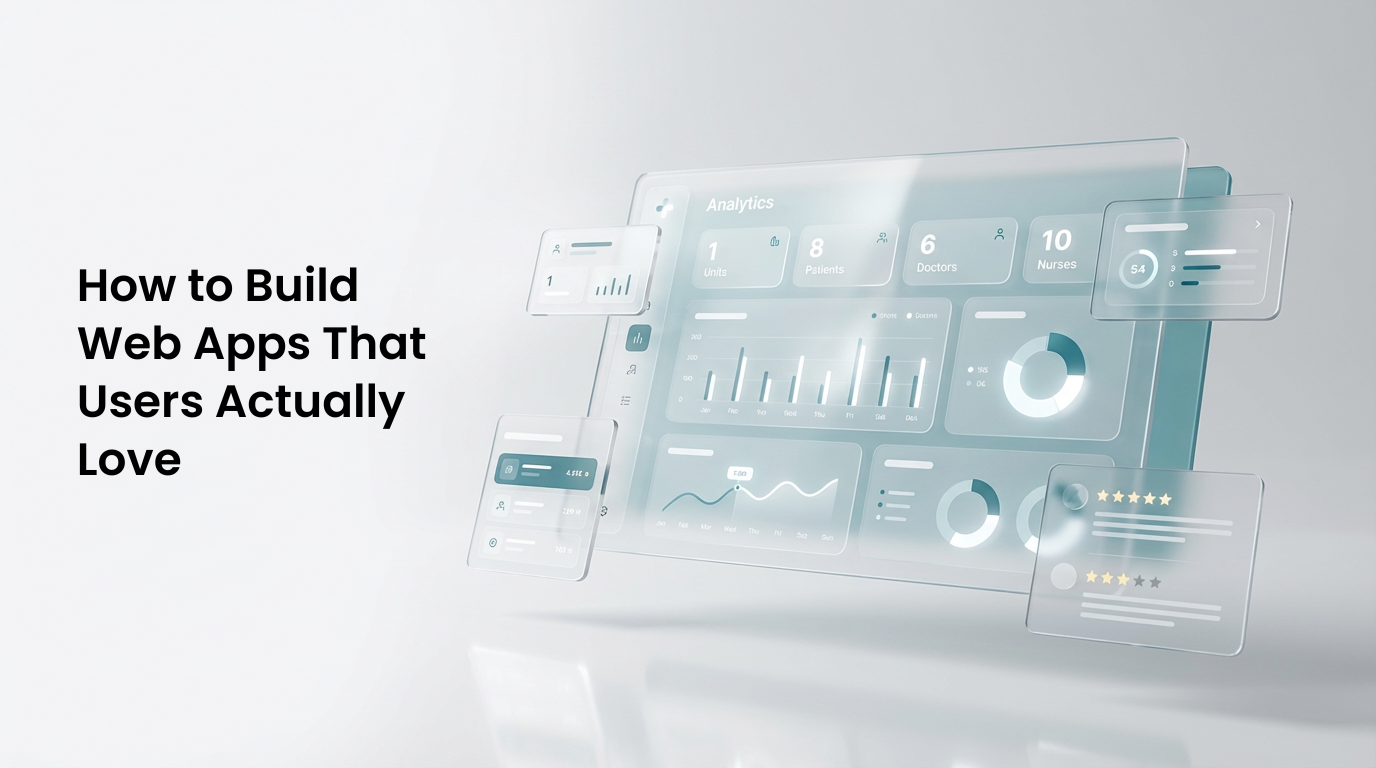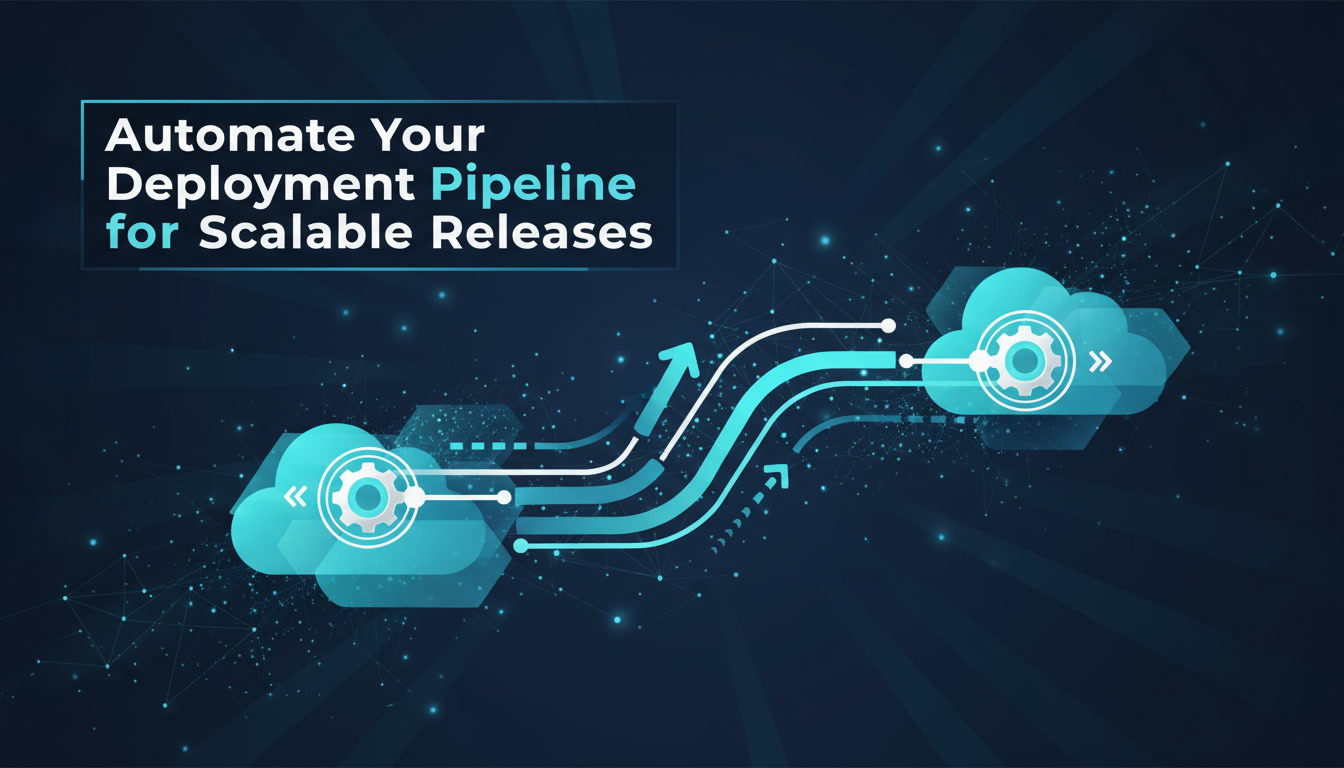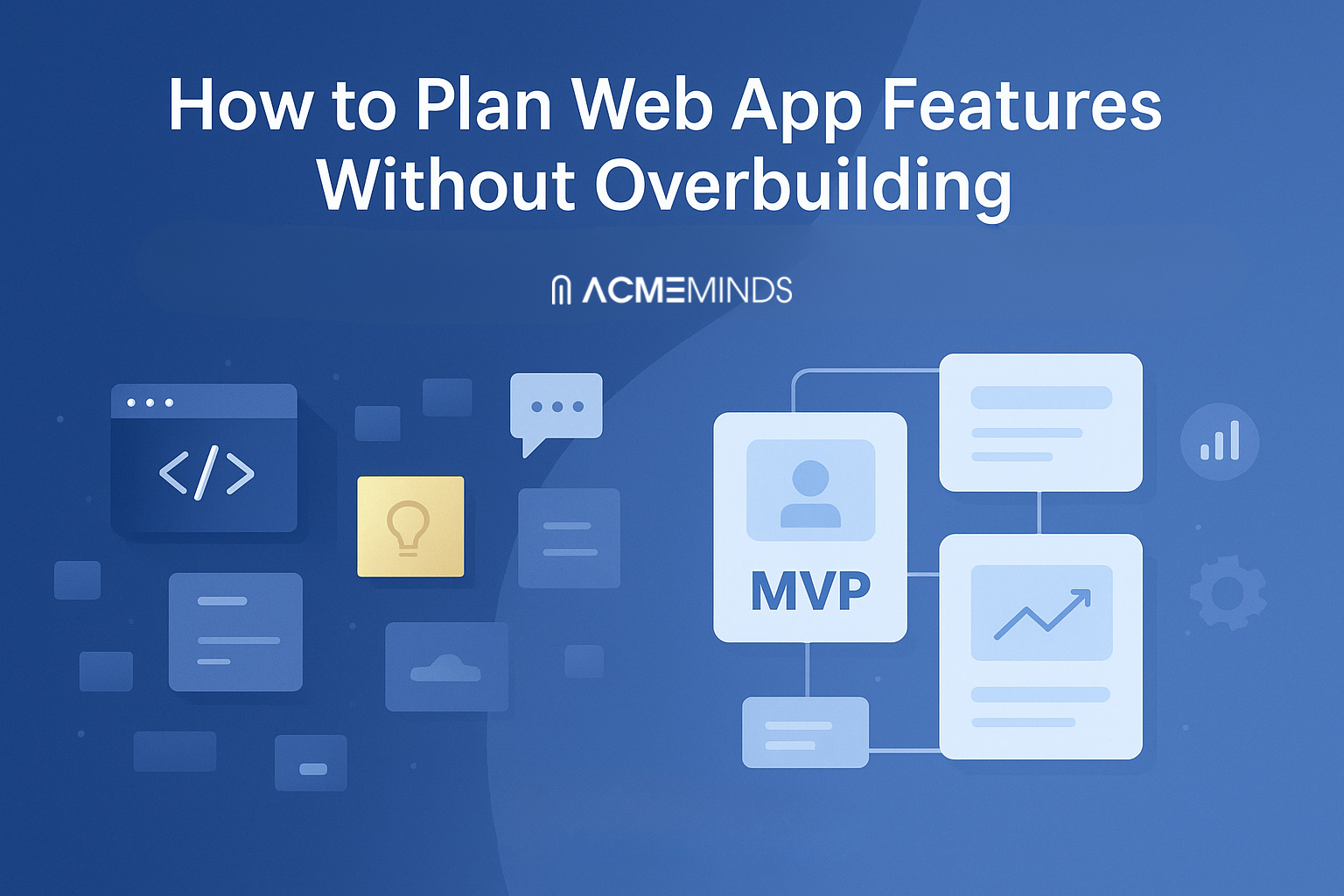Business Intelligence vs AI: Key Differences and Use Cases
Business Intelligence (BI) and Artificial Intelligence (AI) are powerful tools that help organizations make smarter decisions—but they serve different purposes. BI focuses on analyzing historical and current data to provide insights, reports, and dashboards that guide strategy and operations. AI, on the other hand, uses algorithms and machine learning to predict future trends, automate tasks, and enable intelligent decision-making. While BI helps you understand what has happened and why, AI goes a step further by forecasting what will happen and recommending actions. Together, they complement each other and empower businesses to become more data-driven, efficient, and competitive in today’s digital world.
What Is Business Intelligence?
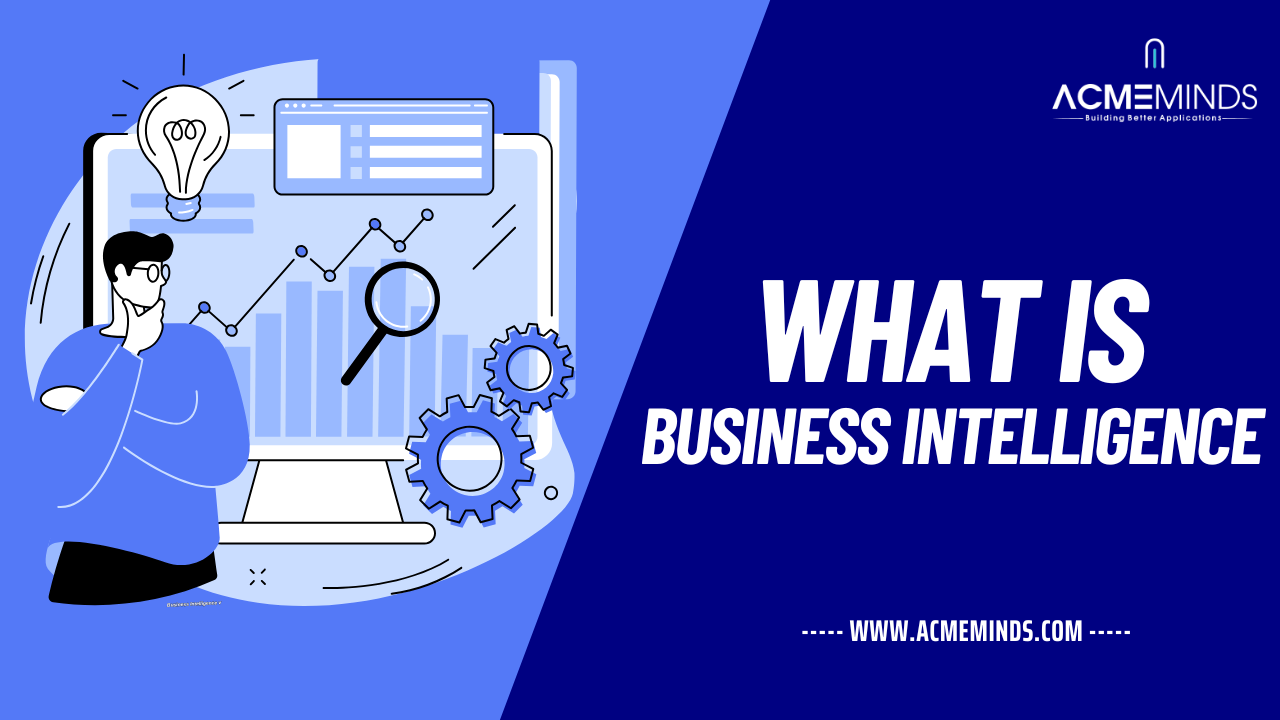
Business Intelligence (BI) refers to the tools, technologies, and processes used to collect, process, and analyze data in order to make informed business decisions. BI focuses on historical and current data, typically presented through:
Dashboards
Reports
Data visualizations
KPIs and metrics
BI helps organizations understand what happened, why it happened, and what’s happening now.
Key BI Tools:
Microsoft Power BI
Tableau
Looker
QlikView
SAP BusinessObjects
Use Case Example:
A retail chain uses BI dashboards to track monthly sales across regions, analyze customer demographics, and identify underperforming locations.
What Is Artificial Intelligence?
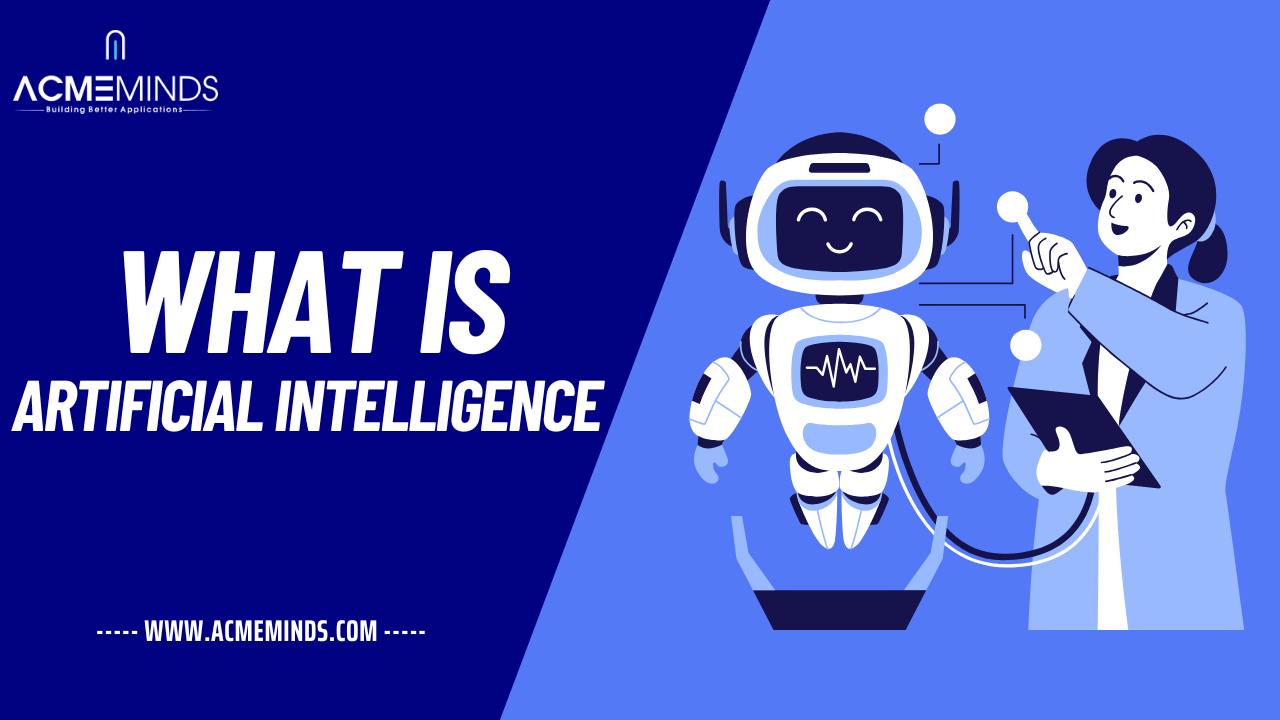
Artificial Intelligence (AI) is the simulation of human intelligence by machines, especially computer systems. It focuses on creating systems that can learn from data, make predictions, automate tasks, and even improve over time through machine learning (ML).
Unlike BI, AI isn’t just about analyzing the past—it’s about predicting the future and automating decision-making.
Common AI Applications:
Chatbots
Recommendation engines (like Netflix or Amazon)
Fraud detection
Predictive analytics
Autonomous vehicles
Use Case Example:
A logistics company uses AI to predict delivery delays based on traffic, weather, and customer behavior, allowing real-time rerouting.
How BI and AI Complement Each Other
Though they differ, BI and AI can work together to provide a more comprehensive, intelligent decision-making system.
Examples:
BI + AI in Retail: BI shows sales trends, while AI recommends restocking patterns based on seasonal demand.
BI + AI in Marketing: BI analyzes campaign performance, while AI personalizes future outreach based on user behavior.
BI + AI in Healthcare: BI tracks patient data, while AI predicts risk factors or treatment outcomes.
At AcmeMinds, we help businesses build integrated BI + AI solutions that combine analytics with intelligent automation—resulting in faster growth and smarter operations.
Choosing Between BI and AI
Use BI If:
You need to analyze trends, metrics, or performance.
You want visual reporting to guide manual decision-making.
Your team needs real-time dashboards for operational visibility.
Use AI If:
You need predictions or automation (e.g., customer churn prediction).
You deal with large-scale, complex data sets.
You want to reduce human effort in repetitive or data-heavy tasks.
In many cases, the best solution is not either/or—but both. Combining BI and AI allows your organization to make decisions faster, smarter, and more efficiently.
Challenges of Implementing BI and AI
While both technologies are valuable, implementation can come with hurdles:
1. Data Quality Issues
Garbage in, garbage out. For both BI and AI, success depends on clean, consistent, and structured data.
2. Lack of Skilled Talent
AI requires data scientists and machine learning engineers. BI needs skilled analysts who understand reporting tools.
3. High Setup Costs
While cloud solutions like Power BI or Azure AI reduce costs, building an effective system still requires upfront investment.
To overcome these challenges, companies often partner with experienced data consulting firms like AcmeMinds, who offer end-to-end implementation—from strategy to execution.
External Resource
For a deep dive into the technical architecture of BI and AI systems, check out this IBM guide to Business Analytics and AI.
Future Trends
The line between BI and AI is rapidly blurring. Many BI platforms now offer built-in AI features such as natural language queries, anomaly detection, and smart forecasting.
Expect to see:
Auto-generated dashboards using AI
Voice-activated BI tools
Self-service predictive analytics for business users
The future belongs to businesses that embrace both BI and AI, not just as tools—but as integral parts of their digital transformation strategy.
Final Thoughts
Understanding the differences between Business Intelligence and Artificial Intelligence empowers organizations to invest smarter, build more efficient systems, and stay ahead of the curve.
While BI focuses on explaining the past and present, AI takes a step further to shape the future. When used together, they create a powerful ecosystem of insight, prediction, and automation.
Ready to make smarter decisions backed by real data? Explore our Business Intelligence and AI services
Connect with us on LinkedIn for more tech-driven insights
